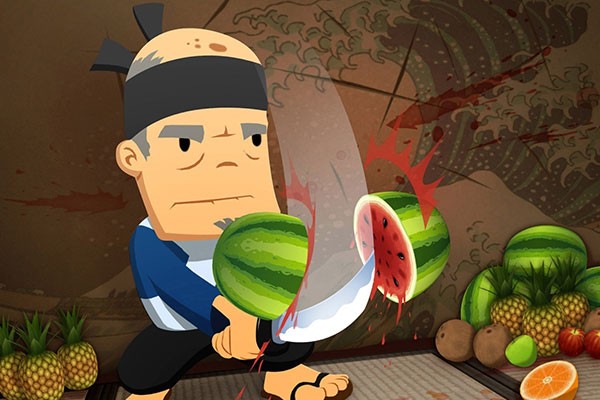What a pleasant surprise for me that Dark Souls III came out on my birthday! I have been a massive fan of From Software’s esoteric and brutally difficult Souls games for a long time now. I finished the first Dark Souls game for the second time earlier this year. I’ve never gotten tired of playing Bloodborne in spite of having now reviewed it twice. So, I was intensely looking forward to the release of Dark Souls III; as it turned out, it was an amazing birthday present, as it has inexplicably lived up to all of its hype.
That is no mean feat: Dark Souls III had a LOT to live up to. Dark Souls is considered to have been one of the best and most cohesive gaming experiences of the last 20 years. From Software’s previous game, Bloodborne, is easily one of the scariest games I have ever played. Dark Souls II is considered to be a low point in the series: not a bad game by any measure, but not as compelling, well-designed and cohesive as either of From Software’s other action RPGs. From Software thus had the job of reconciling the dark and nihilistic lore of Dark Souls with the fast and unforgiving combat system of Bloodborne—as well as its deeply disturbing atmosphere—so as to avoid alienating any fans. Without any doubt in my mind, they have succeeded.
In the land of Lothric, the life-giving power of the First Flame has continued over the centuries with the aid of what are known as Lords of Cinder: powerful individuals who successfully sacrificed themselves as fuel for the First Flame to ensure that the Age of Fire did not die out. But the First Flame is dying out once again, and no one wants to fuel it. In a last ditch attempt to save the Age of Fire, a Bell of Awakening has been rung. All of the individuals who attempted to sacrifice themselves as fuel have been brought back to life – both failures and Lords alike—with the intent of convincing the Lords to sacrifice themselves again. You, one of the failures, have been revived as an Ashen One, and must restore the Lords to their thrones—whether they want to be or not.
I’ve been obsessed with the lore of the Souls franchise for the last couple of years, so I have no idea what playing this game would be like for new players. Dark Souls III is as esoteric as ever; there are myriad references to the previous games, despite hundreds of years passing in between each entry. Each Lord of Cinder has their own tragic story, be it that of a giant who failed to defend their charge or a cannibalistic priest who succeeded in eating a god—and fans of the series will be surprised to discover which god that is. Even the musical score has been crafted with care; boss themes from the first Dark Souls are reincorporated in genius ways, elevating an otherwise standard boss fight into something recognisably lore-heavy and terrifying.
This is not to say that it is necessary to have played the other Souls games to enjoy this one; far from it. For one, in keeping with previous From Software games, the sword-and-shield gameplay of Dark Souls III is still sometimes nauseatingly difficult, and refining your play style to accommodate for the faster combat is a necessary challenge. It takes a great sense of commitment and resilience to fight your way through this game, but the payoff is absolutely worth it. The difficulty fits thematically with the plot of the game, and just getting to experience the game’s beautiful aesthetic and atmosphere is reward enough for your hardship.
Dark Souls III is the Godfather Part II of video games. It improves upon the original game in almost every way, and elevates concepts introduced in the first game, while still allowing the original game to retain its cult classic status. I am speaking as a fanboy of the series, but it really is one of the most amazing sequels to a video game I have ever seen. It’s a love letter to its fans, and a beautiful send-off for the series. It’s punishing, gorgeous, terrifying, infuriating, and incredibly dark and depressing. And I absolutely love it.



